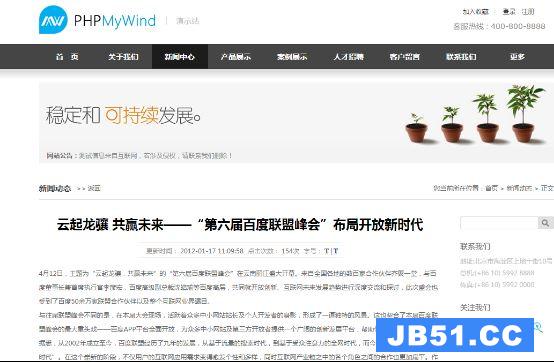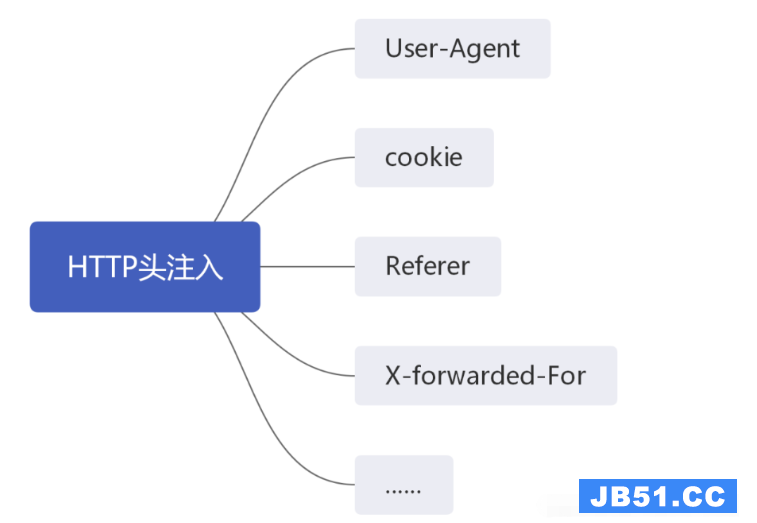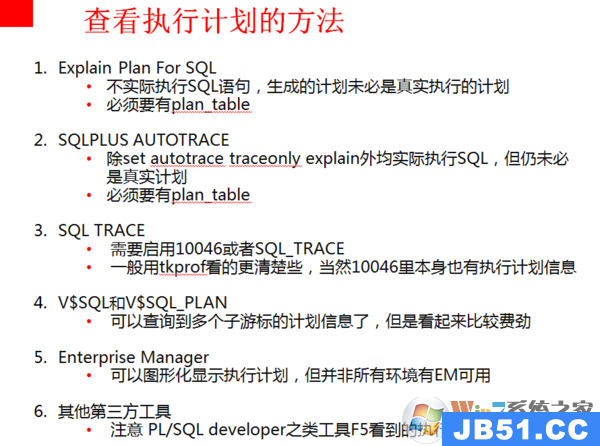The conversion of a datetime2 data type to a datetime data type
resulted in an out-of-range value.
有很多stackoverflow帖子记录了此问题的修复程序.但是,当代码首先创建数据库时,它将创建该字段作为DateTime(允许空值).但由于某种原因,代码首先尝试使用DateTime2字段插入.
我想知道为什么EF以单向方式创建字段,但是为同一字段使用不同类型插入.
这是域对象:
using System;
using System.Collections.Generic;
namespace Core.Domain.Cart
{
public partial class Cart : BaseEntity,ILocalizedEntity
{
private ICollection<Catalog> _catalogs;
/// <summary>
/// Gets or sets the name
/// </summary>
public virtual string Name { get; set; }
/// <summary>
/// Gets or sets the zone identifier
/// </summary>
public virtual int ZoneId { get; set; }
/// <summary>
/// Gets or sets the brand identifier
/// </summary>
public virtual int BrandId { get; set; }
/// <summary>
/// Gets or sets the customer type identifier
/// </summary>
public virtual int CustomerTypeId { get; set; }
/// <summary>
/// Gets or sets the date and time of the opening of a cart
/// </summary>
public virtual DateTime? OpeningDateUtc { get; set; }
/// <summary>
/// Gets or sets the date and time of the closing of a cart
/// </summary>
public virtual DateTime? ClosingDateUtc { get; set; }
/// <summary>
/// Gets or sets a value indicating whether the entity is online or not
/// </summary>
public virtual bool IsOnline { get; set; }
/* Truncated for relevance */
}
}
该模型:
using FluentValidation.Attributes;
using System;
using System.Collections.Generic;
using System.ComponentModel.DataAnnotations;
using System.Web.Mvc;
using Telerik.Web.Mvc;
namespace Admin.Models.Cart
{
[Validator(typeof(CartValidator))]
public partial class CartModel : BaseNopEntityModel,ILocalizedModel<CartLocalizedModel>
{
public CartModel()
{
Locales = new List<CartLocalizedModel>();
Catalogs = new List<CatalogModel>();
UnassociatedCatalogs = new List<CatalogModel>();
}
[NopResourceDisplayName("Admin.Carts.Fields.Name")]
[AllowHtml]
public string Name { get; set; }
//Zone dropdown
[NopResourceDisplayName("Admin.Carts.Fields.ZoneList")]
public SelectList ZoneList { get; set; } //The dropdown with zones
public int ZoneId { get; set; } //The selected value of the dropdown once the form is submitted
public string ZoneName { get; set; } //The name of the zone to display in data-grid List view.
//Brand dropdown
[NopResourceDisplayName("Admin.Carts.Fields.BrandList")]
public SelectList BrandList { get; set; } //The dropdown with brands
public int BrandId { get; set; } //The selected value of the dropdown once the form is submitted
public string BrandName { get; set; } //The name of the brand to display in the data-grid List view.
//Customer type dropdown
[NopResourceDisplayName("Admin.Carts.Fields.CustomerTypeList")]
public SelectList CustomerTypeList { get; set; }//The dropdown with CustomerType
public int CustomerTypeId { get; set; } //The selected value of the dropdown once the form is submitted
public string CustomerTypeName { get; set; } //The name of the CustomerType to display in the data-grid List view.
[NopResourceDisplayName("Admin.Carts.Fields.OpeningDateUtc")]
[UIHint("DateNullable")]
public DateTime? OpeningDateUtc { get; set; }
[NopResourceDisplayName("Admin.Carts.Fields.ClosingDateUtc")]
[UIHint("DateNullable")]
public DateTime? ClosingDateUtc { get; set; }
[NopResourceDisplayName("Admin.Carts.Fields.IsOnline")]
public bool IsOnline { get; set; }
/* Truncated for relevance */
}
}
那么OpeningDateUtc和ClosingDateUtc的类型都是DateTime?.
这是EF代码首先生成数据库的方式:
OpeningDateUtc和ClosingDateUtc创建为可为空的DateTime字段.
那么为什么当我使用IDBContext.SaveChanges()进行保存时,为查询生成的SQL是:
exec sp_executesql N'update [dbo].[Cart] set [Name] = @0,[ZoneId] = @1,[BrandId] = @2,[CustomerTypeId] = @3,[OpeningDateUtc] = @4,[ClosingDateUtc] = @5,[IsOnline] = @6,[IsReadonly] = @7,[IsPreviewMode] = @8,[CreatedOnUtc] = @9 where ([Id] = @10) ',N'@0 nvarchar(100),@1 int,@2 int,@3 int,@4 datetime2(7),@5 datetime2(7),@6 bit,@7 bit,@8 bit,@9 datetime2(7),@10 int',@0=N'Cart1',@1=7,@2=4,@3=5,@4='2013-01-09 00:00:00',@5='2013-01-18 00:00:00',@6=0,@7=0,@8=1,@9='0001-01-01 00:00:00',@10=1
有趣的部分是@ 4 datetime2(7),@ 5 datetime2(7).
我知道我可以通过在购物车地图中添加.HasColumnType(“datetime2”)来解决这个问题,但它没有回答为什么EF5(可能还有旧版本)将它们设置为可以为空的日期时间.
解决方法
顺便说一下,导致异常的问题不是两个可空的OpeningDateUtc和ClosingDateUtc列,而是SQL片段中的CreatedOnUtc值’0001-01-01 00:00:00′,即CreatedOnUtc显然未初始化在您的模型实体中. SQL Server中可以存储的日期时间最早的日期是1750年,因此0001年不适合该类型(但它适合datetime2).
因此,解决方案是将CreatedOnUtc设置为有效的日期时间值,或者 – 如您所知 – 在映射中将类型定义为datetime2.
但我同意,如果EF默认将DateTime属性映射到datetime2,则会产生更少的混淆.

 本篇内容主要讲解“sqlalchemy的常用数据类型怎么使用”,感...
本篇内容主要讲解“sqlalchemy的常用数据类型怎么使用”,感... 今天小编给大家分享一下sqlServer实现分页查询的方式有哪些的...
今天小编给大家分享一下sqlServer实现分页查询的方式有哪些的... 这篇文章主要介绍“sqlmap之osshell怎么使用”,在日常操作中...
这篇文章主要介绍“sqlmap之osshell怎么使用”,在日常操作中... 本篇内容介绍了“SQL注入的知识点有哪些”的有关知识,在实际...
本篇内容介绍了“SQL注入的知识点有哪些”的有关知识,在实际... 1. mssql权限sa权限:数据库操作,文件管理,命令执行,注册...
1. mssql权限sa权限:数据库操作,文件管理,命令执行,注册... sql执行计划如何查看?在SPL庞大的数据中我们不知道如何查看...
sql执行计划如何查看?在SPL庞大的数据中我们不知道如何查看...